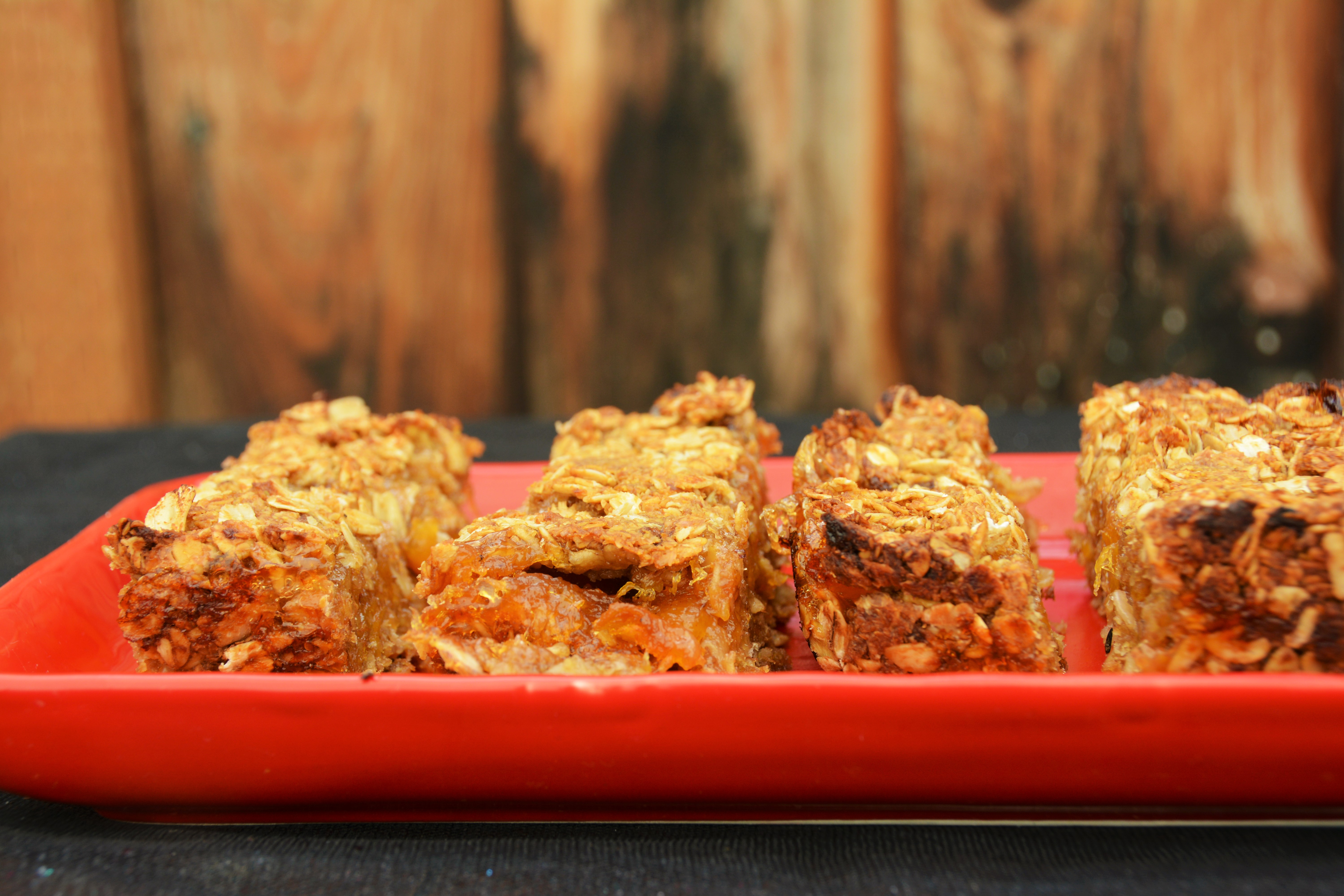Sunday has been an absolute scorcher here in Northern California! After a rather gentle spring with a gradual and smooth increase in temps, we are back to the yo-yo weather that tormented us last year. What is one to do but hunker down indoors with windows and doors closed and blinds drawn, trying to keep as cool and still as possible. To this end, I kept lunch a simple affair with minimal need for heat.

Back in March when the weather was a lot cooler, and we were in the throes of beginning the Veggie Sutra series on Brassicas, I turned to the humble cabbage for a warming, and hearty sauerkraut soup. Surely, cabbage, the most iconic of brassicas, is worth featuring more than once in our Brassicas series.
So here goes: The recipe today also uses cabbage in the form of sauerkraut. Before our current obsession with brassicas, we did a whole series on fermentation, and as part of that I had posted a fool-proof recipe for making sauerkraut. But if you still find it daunting to make sauerkraut, you can find home-made sauerkraut in farmers markets and health food stores. Sauerkraut has become a staple at our place and just to complete the picture, apart from eating them by the spoonfuls and using them in soups and sandwiches, we also make yummy salads with sauerkraut, like this Steamed Broccoli Salad with Sauerkraut.

As an aside, people who follow the blog regularly know my fancy for using fresh herbs from the garden in spring and summer. Today’s sandwich uses a spread made with fresh basil from the garden. But if you don’t want to make the spread, you could also simply stuff the sandwich with a handful of herbs – basil, mint, cilantro, parsley, or whatever you have growing in the pot.
Recipe for Stuffed Pita Sandwiches with Sauerkraut
Serves 2 people with 2 half pockets each
Ingredients:
- 2 whole wheat pita bread cut in to halves
- Sun-dried tomato with Fresh Basil Spread (recipe below) (Alternately use your favorite store bought spread)
- 2 store-bought veggie burgers like Trader Joes Quinoa Veggie Burgers, cooked as per package instructions
- About 4 Tbsp Shredded pepper jack cheese (optional)
- About 8 Tbsp sauerkraut (recipe here)
- 2 handfuls of spinach, arugula or any summer greens
- For the Sun-dried tomato with Fresh Basil Spread:
- 1/4 cup sun-dried tomatoes packed in olive oil with a fair amount of the oil
- 1/4 cup soft cheese
- A big handful of fresh basil leaves, washed
- More olive oil if needed
Method:
- Make the Sun-dried tomato with Fresh Basil spread: In a food processor, process all the ingredients until smooth, adding oil as needed. Scrape and store in an airtight container. Alternately use a store bought spread like hummus (for a vegan sandwich) or a cheese spread or pesto.
- Assemble the sandwich
- Open up the pita pocket half and spread generously with the spread that you are using
- Cut the cooked burger in half and stuff half in to each pita pocket
- Sprinkle with about a tablespoon of shredded cheese (omit for a vegan sandwich)
- (Optional) Pop the sandwich in to a toaster oven for a few minutes now for the cheese to melt and to warm up the pita bread. If it is a warm day, you may skip this step.
- Fill with about 2 Tbsp of sauerkraut and some of the greens
- Serve with an ice-cold drink

You can get pretty creative with sauerkraut sandwiches and include any fresh summer vegetables you may have on hand like sliced cucumbers, avocado, radishes, and/or a variety of herbs. We were pretty satisfied with this simple sandwich plus some ice-cold sparkling water with lemon and salt.









































